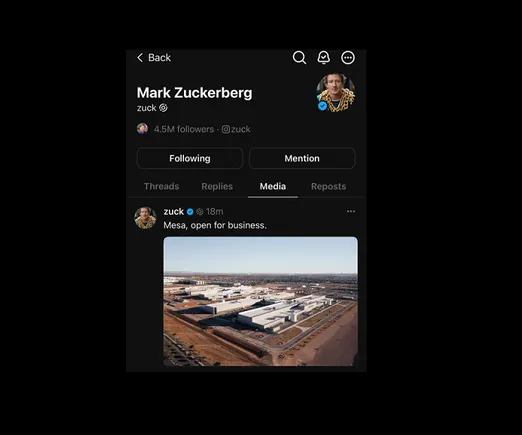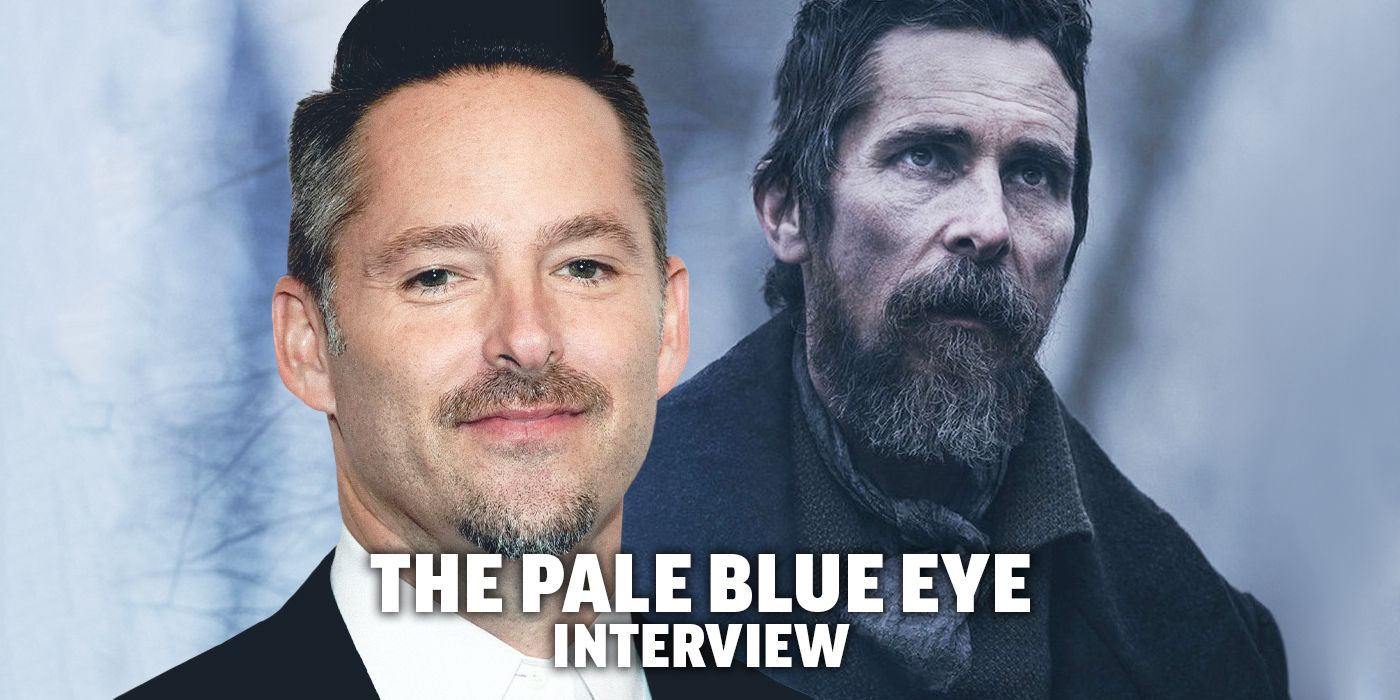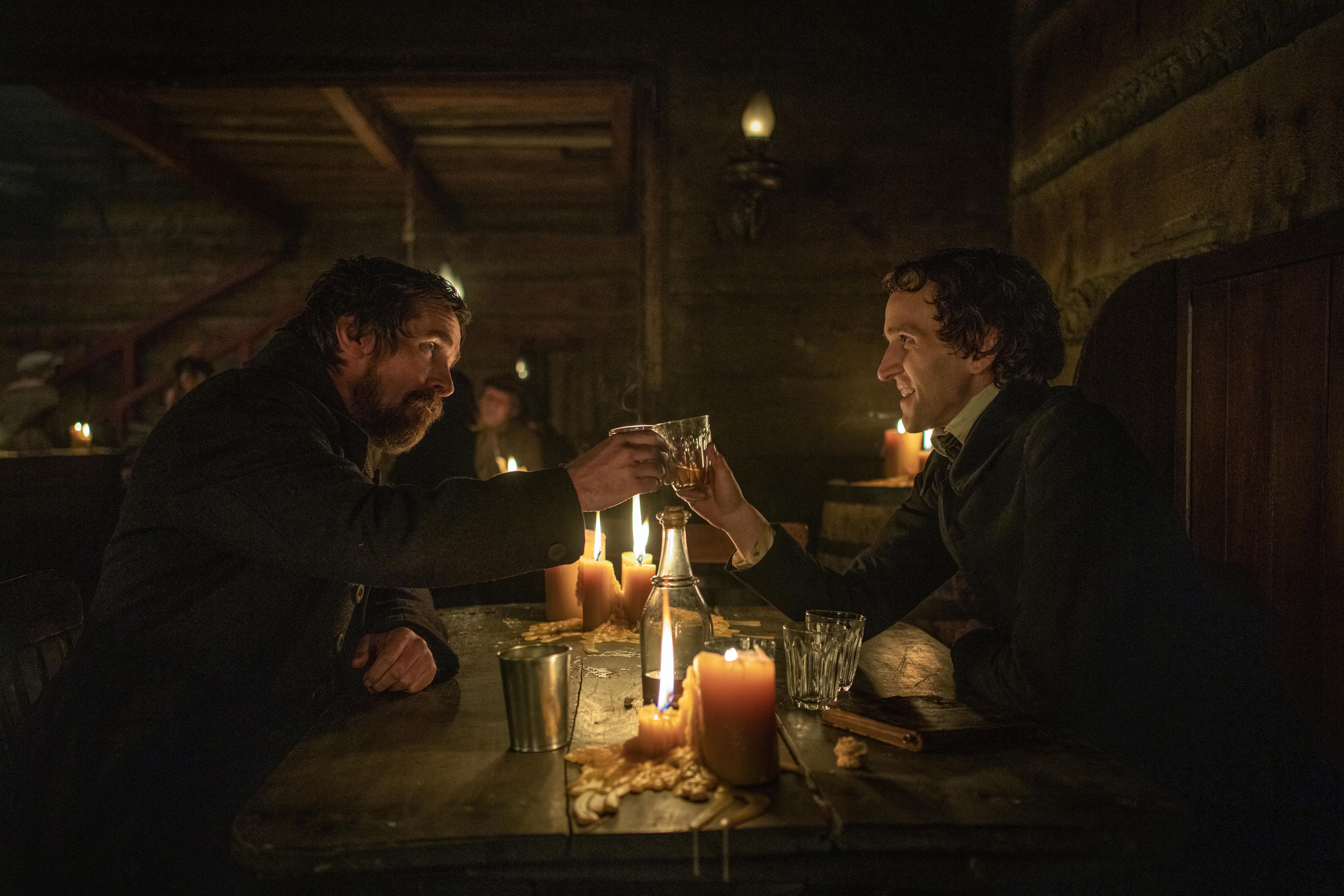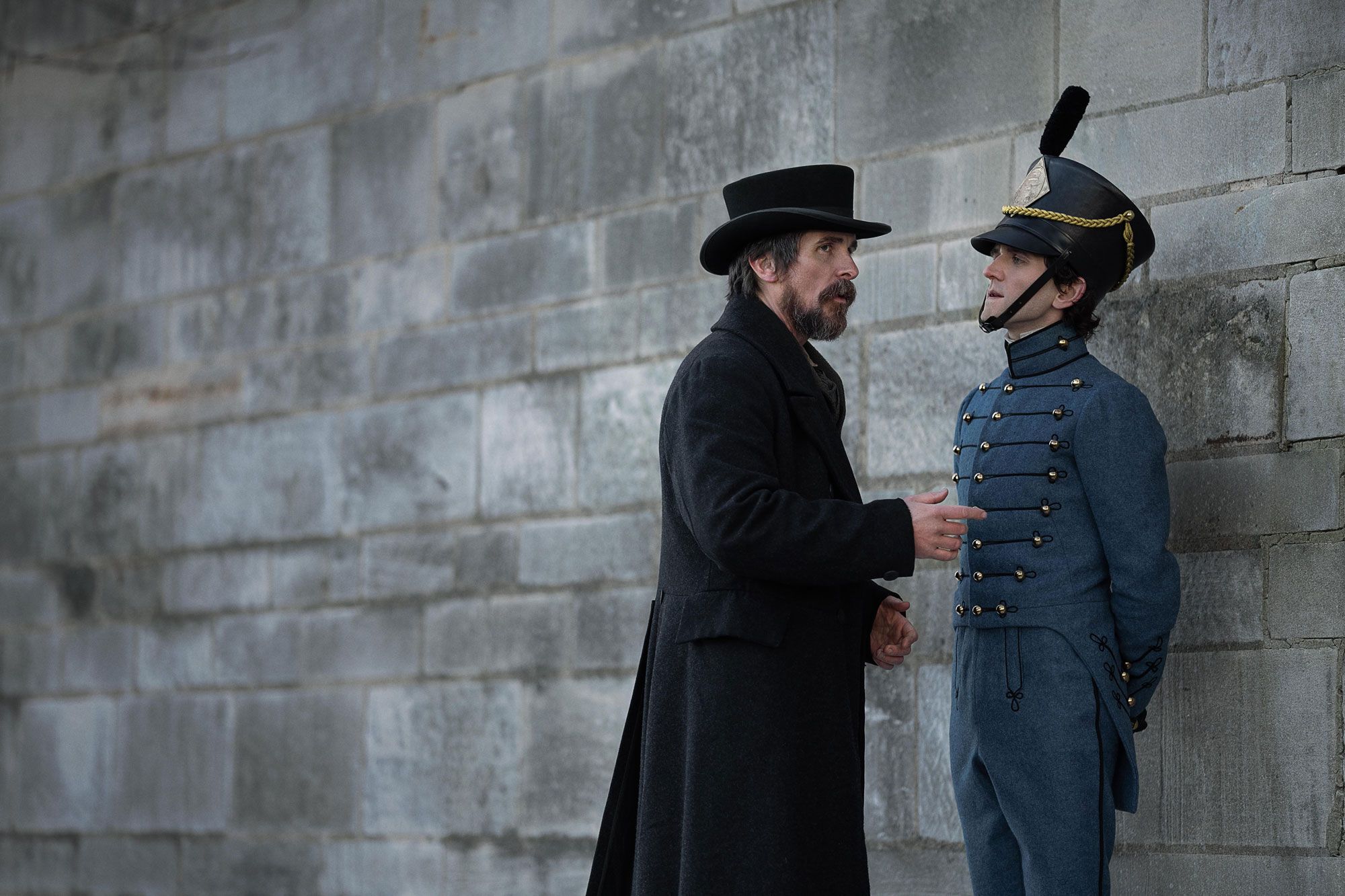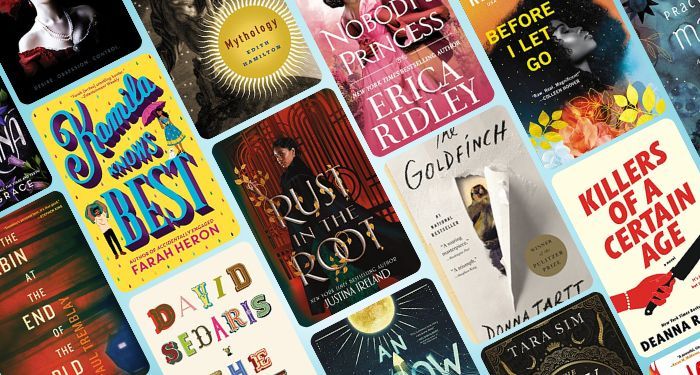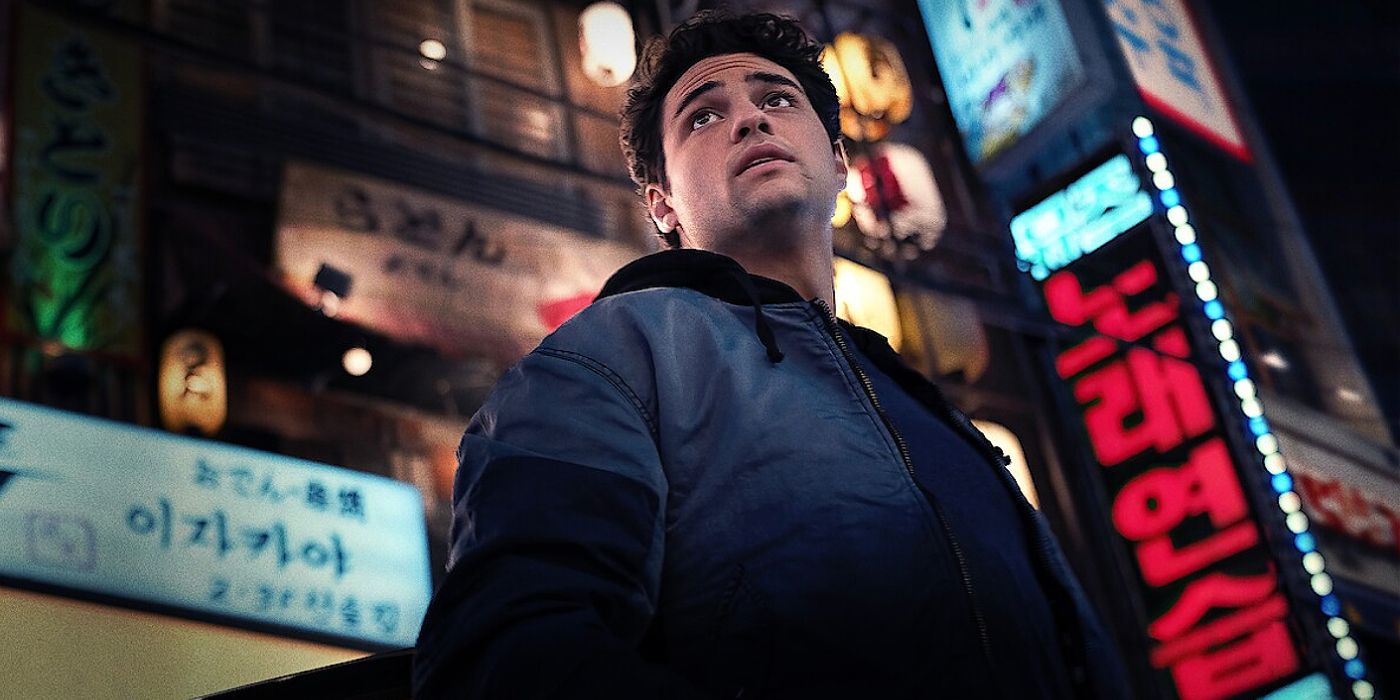Cooper also discusses his collaboration with Christian Bale and Harry Melling.
When one thinks about Edgar Allan Poe, odds are, they’re not picturing a warm and witty young man with a big heart and passion for poetry. But, that’s how the literary iconic is presented in Scott Cooper’s adaptation of Louis Bayard’s The Pale Blue Eye because the film is an Edgar Allan Poe origin story.
The film begins with a very curious crime. It’s 1830 and a West Point cadet is found dead. After being transported to the morgue, someone skillfully removes and takes the cadet’s heart. In an effort to find out who’s behind this savagery, a local detective is brought in to investigate, Christian Bale’s August Landor. When Landor struggles to get information from the other cadets, he opts to turn to one of their own for help, a young Edgar Allan Poe played by Harry Melling.
With The Pale Blue Eye playing in select theaters and due out on Netflix on January 6th, I got the chance to have a spoiler-free chat with Cooper about his experience bringing this story to screen.
Over the years, Cooper’s penned dozens of drafts of this screenplay so I opted to ask him for the biggest difference between draft one and the finish filmed. Here’s what he said:
“Writing specifically for actors whom I have cast. I generally write with actors in mind. I wrote Crazy Heart for Jeff Bridges. I wrote Out of the Furnace and Hostiles for Christian. And then once you find your Edgar Allan Poe and you find your Captain Hitchcock and Superintendent Thayer and the rest of the cast, and when Gillian Anderson comes on, you tend to have to tailor them. So the outline was the same. It’s all been about characterization.”
Cooper went on to emphasize the importance of honing Poe’s themes in particular. “This is really an Edgar Allan Poe origin story, so you have to have the themes that ultimately influence this young unformed writer to become the writer he became.” Cooper continued:
“I would say Poe changed the most only because we have very entrenched ideas about who Edgar Allan Poe was. And that’s from later in life when he died under mysterious circumstances in Baltimore and was prone to alcoholism, and it left us the creator of detectives in horror fiction. But this is about who he was before. So it was really about understanding Harry’s tone, his performance, trying to find somebody who’s warm and humorous and witty and prone to romantic and poetic musings, and then having Harry express that and bring that to life.”
With every new credit Melling adds to his filmography, I become more and more convinced he’s bound for big things, and The Pale Blue Eye is no different. Sure enough, Cooper shares my faith in Melling’s craft and potential.
“I’d only seen his work as the limbless performer that Liam Neeson carries around the American West in the Coen Brothers’ Ballad of Buster Scruggs. That was the only thing I’d seen of Harry’s, and he is remarkable. He’s, for me, personally, a revelation in this film. Maybe less so for you because you’ve seen such great work of his in the past. But he has such range. He has such a compelling and interesting look that can play both contemporary and play very beautifully in a very period sense, obviously in 1830, or in the Coens’, which is probably in the 1880s or 1890s. But he is a remarkable actor with so much range, and he’s the nicest guy. And I really hope that people see this film. And in particular, I hope directors and studios see this and say, ‘I want him in my film.’”
Eager to hear more from Cooper on his experience working with Melling and Bale on The Pale Blue Eye? You can find just that in our full conversation in the video interview at the top of this article!








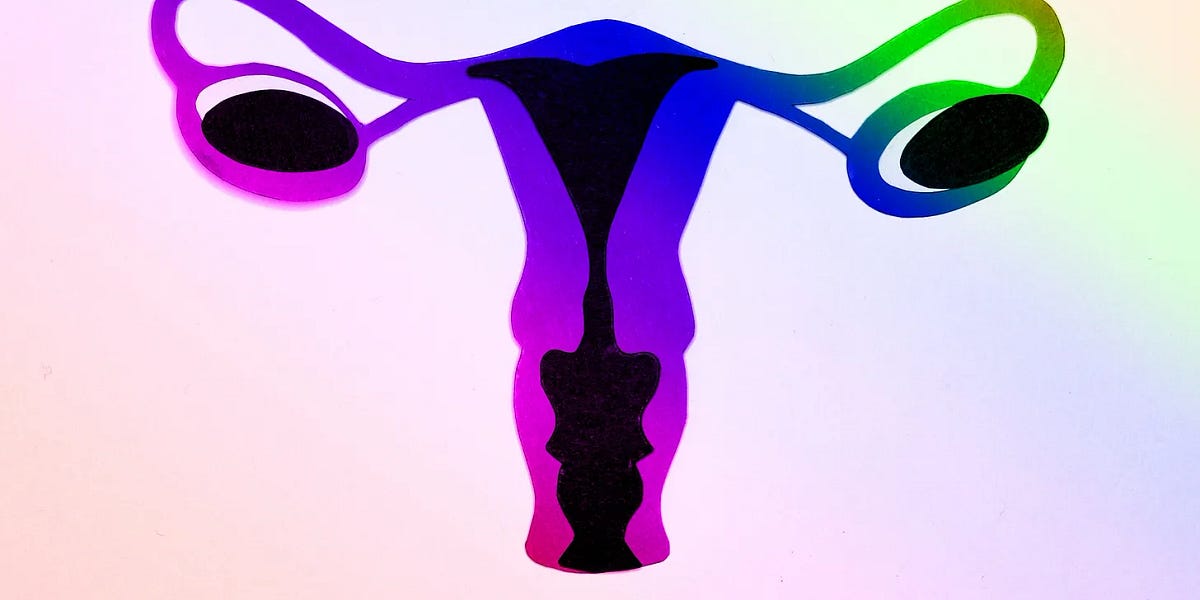



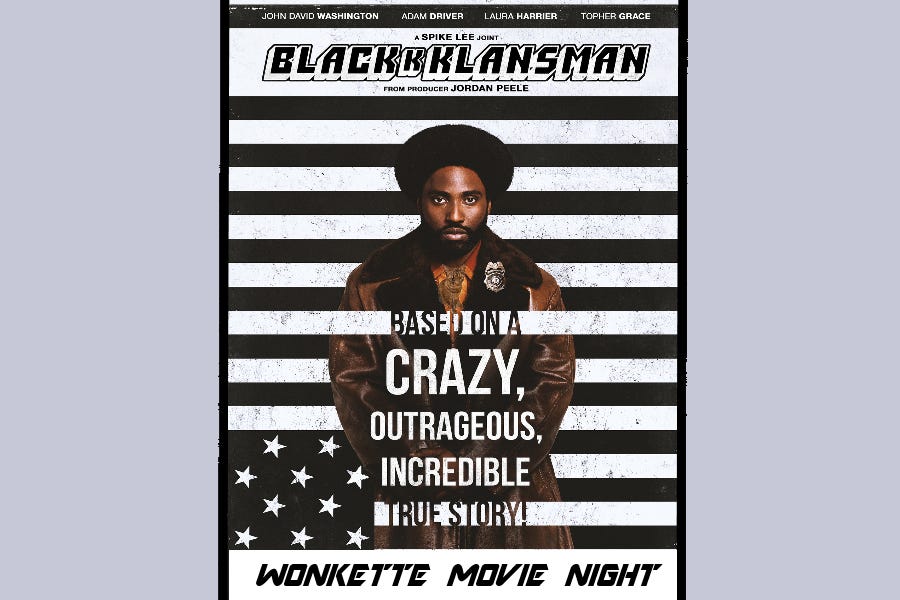














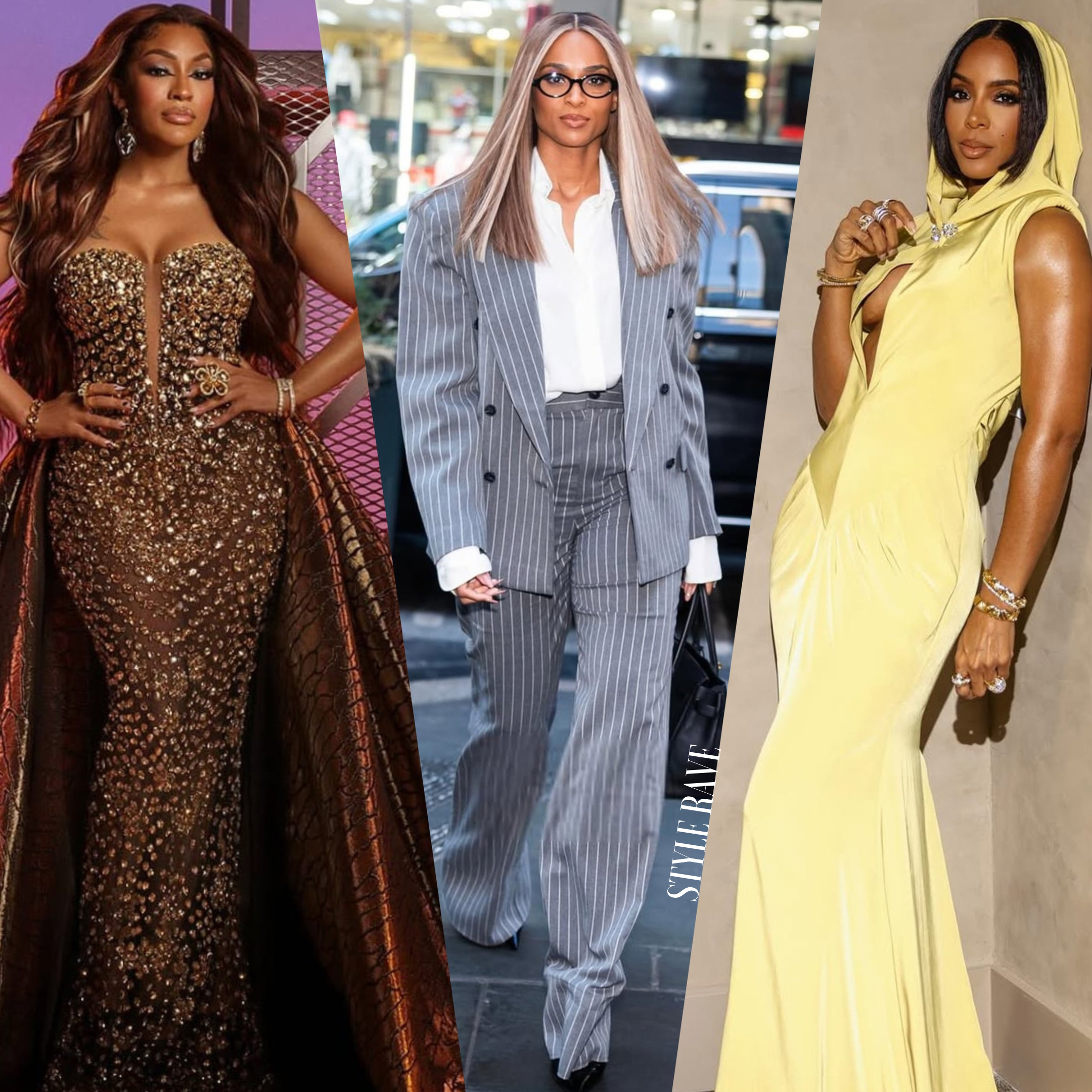
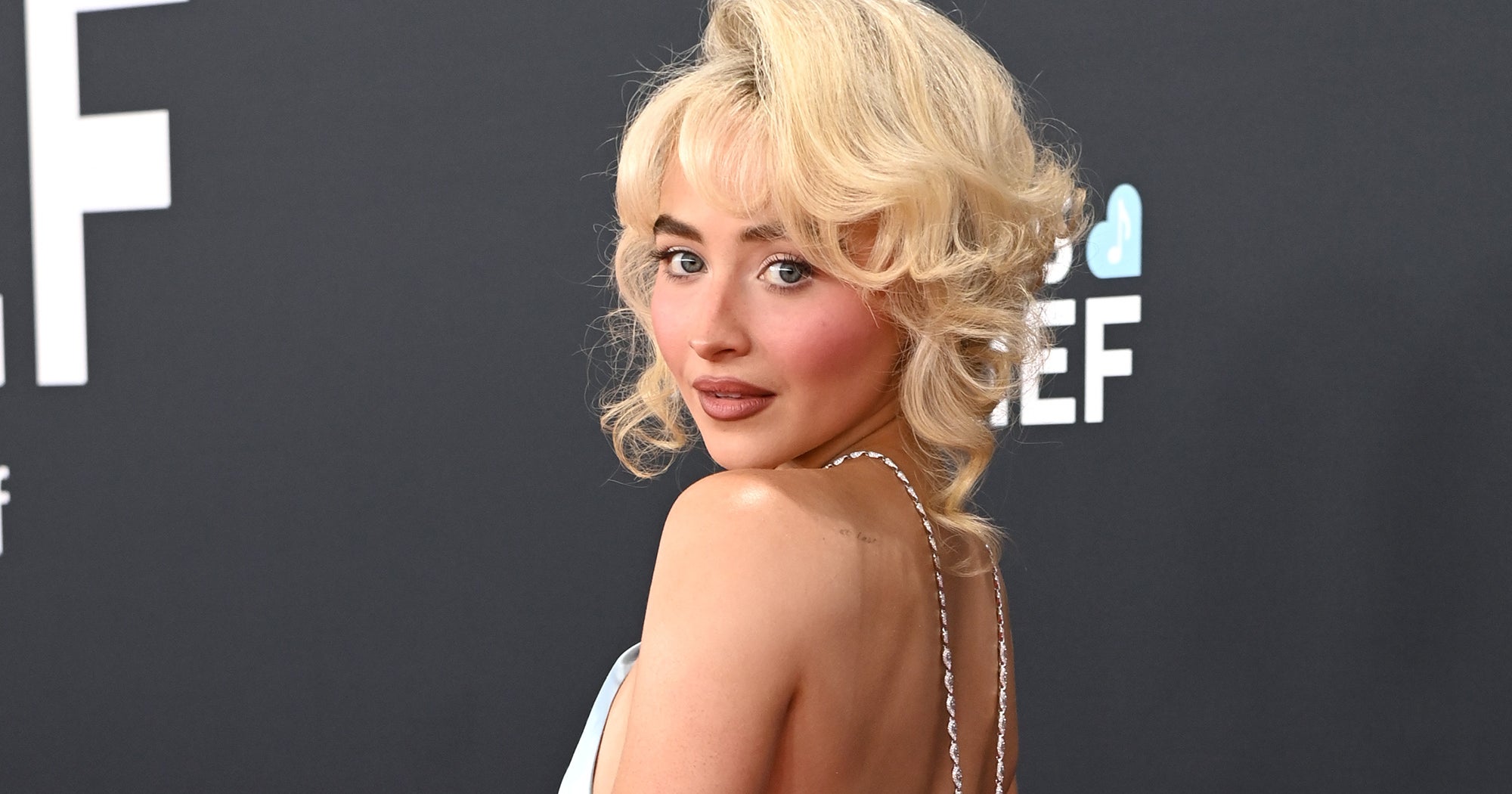

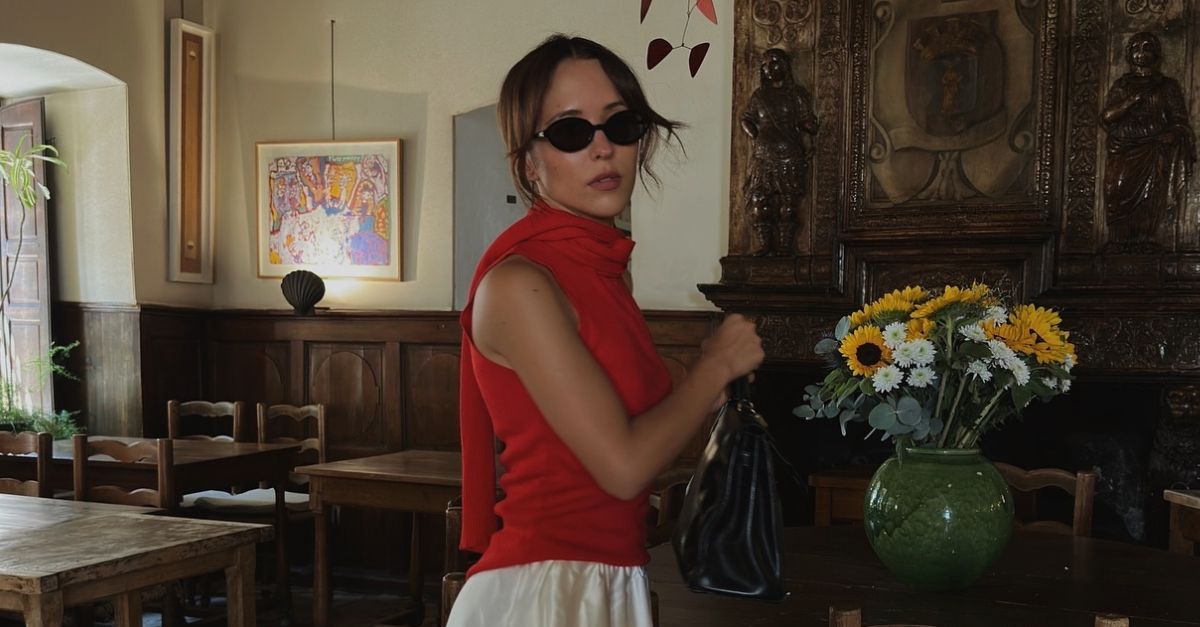






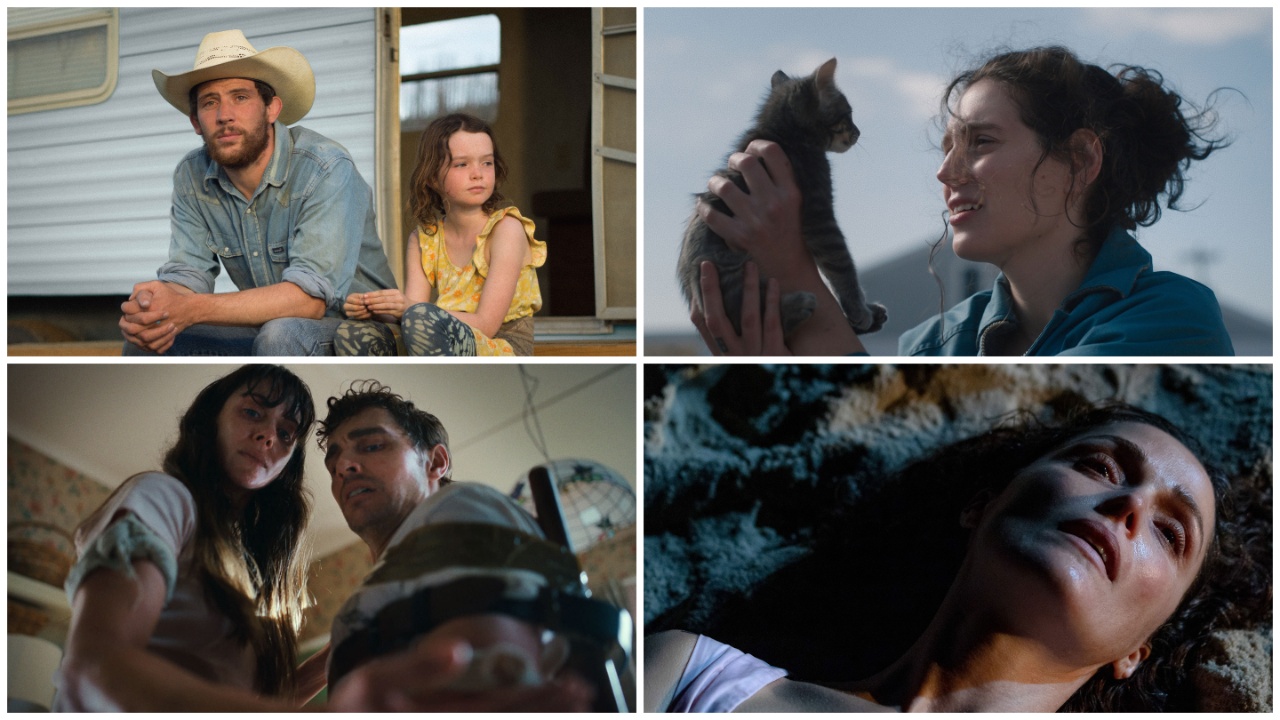


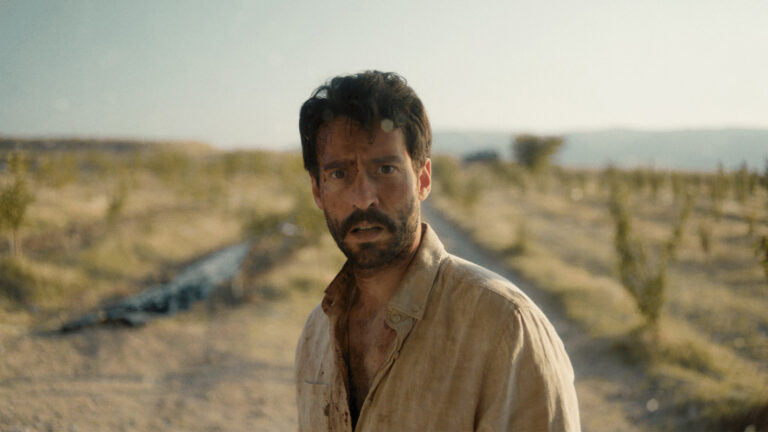

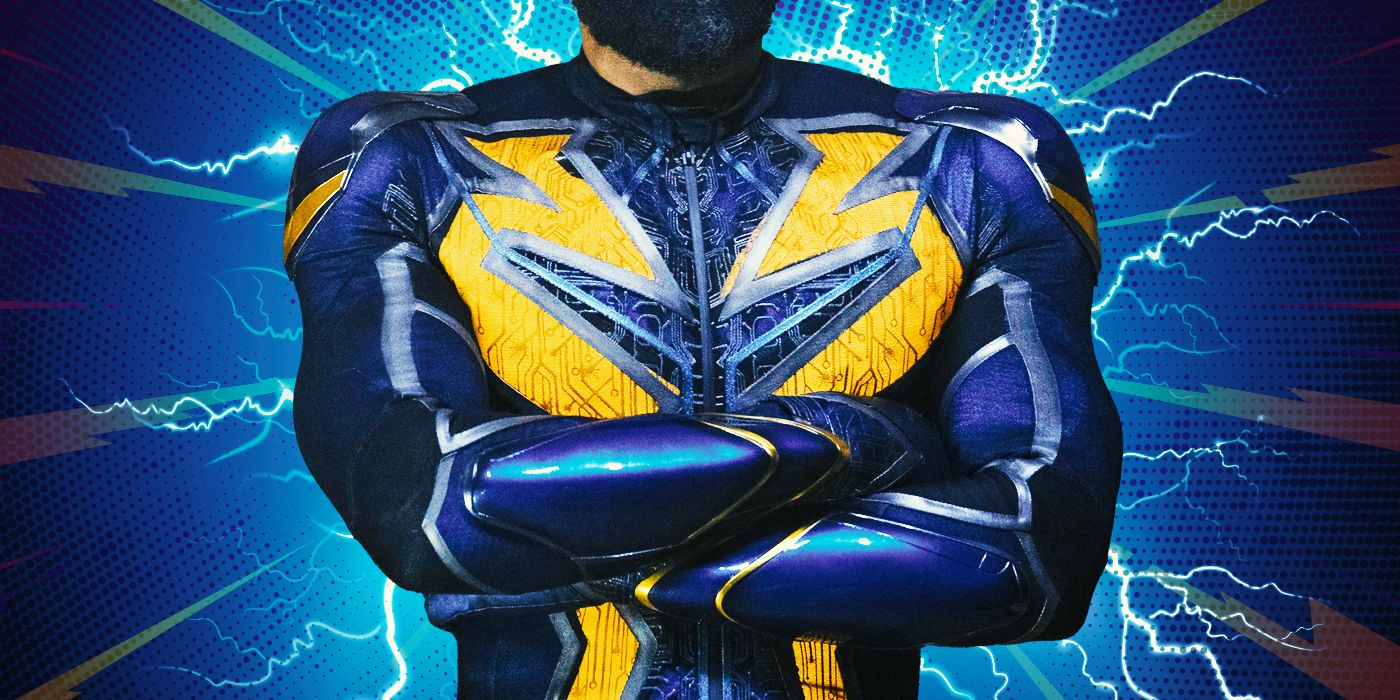







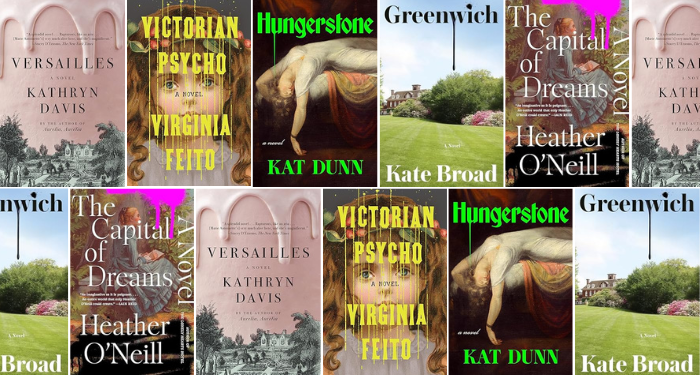
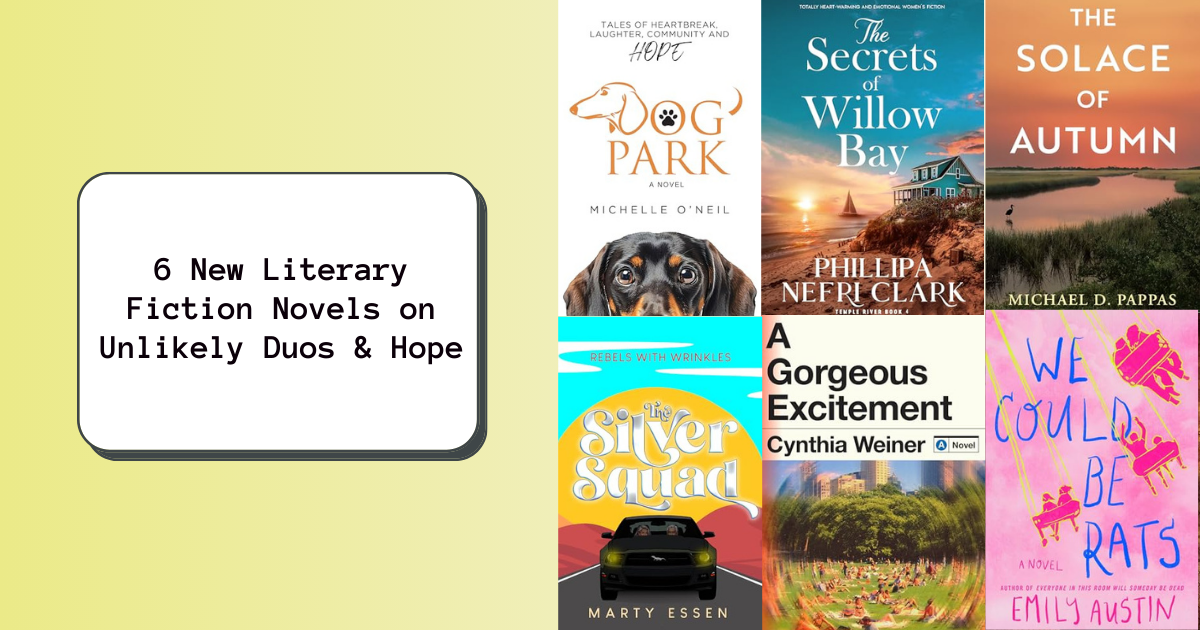

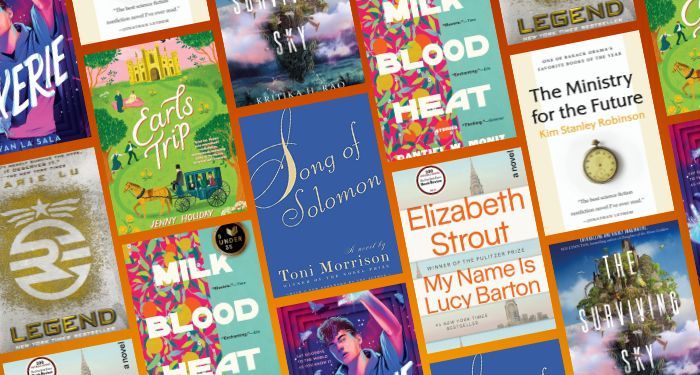

![A Visual Guide to TikTok Ads Manager [Infographic] A Visual Guide to TikTok Ads Manager [Infographic]](https://imgproxy.divecdn.com/9aaKOtRQYId9gEIRIiE2AgLnRsoeG1xVqz6aJuMegTo/g:ce/rs:fit:770:435/Z3M6Ly9kaXZlc2l0ZS1zdG9yYWdlL2RpdmVpbWFnZS90aWt0b2tfYWRfaW5mbzMucG5n.webp)

![The Social Media Funnel Explained [Infographic] The Social Media Funnel Explained [Infographic]](https://imgproxy.divecdn.com/6ikpva2mP7mvhaHG4yj_J6dzhXnEZMvZFDHDbI6Qucs/g:ce/rs:fit:770:435/Z3M6Ly9kaXZlc2l0ZS1zdG9yYWdlL2RpdmVpbWFnZS9zb2NpYWxfbWVkaWFfZnVubmVsX2luZm9ncmFwaGljMi5wbmc=.webp)

